Hello friend,
Welcome to the Wedgewood Lodge, slope-side, next to Snowflake Lift. Snowflake is a one-of-a-kind two-person lift that has a mid-load station and 70-degree turn to put you at Peak 8. It’s personally one of my favorite lifts of all time especially when snow is quietly falling, blanketing the landscape in Colorado’s legendary white powder.
We’re extremely stoked that you have chosen Breckenridge, and even more so that you’re staying with us. We pride ourselves in being a long-standing boutique experience, with studio spaces to three bedroom townhomes. We’re still family-owned and operated and specialize in group travel and weddings. Whether you’re here for the ski season or a summer getaway, we are only a few blocks from Main Street and just a stones throw from the slopes where you can ride and hike.
We renovated in 2023–2024 and within that renovation we decided to customize each and every space with unique historic photographs curated by me (Jules)! The artwork in your unit is unique to you and contains a piece of Breck’s history. In addition, you’ll see some of my own photographs sprinkled throughout the space. Each unit is also named after a run somewhere in Breck’s 3,000+ acres, with the story behind it explained below. Unfortunately, we only have 52 units, so a lot of runs were left unmentioned but we hope that you get to explore as much as you can. At Wedgewood, we love where we live and want to display how far the town has come. Thanks for coming, and enjoy your stay.
How to get to Whale’s Tail.
This run is a double black diamond in the saddle between Peak 7 and Peak 8 with a 604-foot drop. You can access it via the highest chairlift in the world, Imperial Express Chair. Beware the cornices at the top giving you a boost in speed when you hop into the bowl. This run is extremely popular, and for good reason. It offers gorgeous views of the entire mountain and town below. The origin of the name is not very clear, but the area was originally called White Whale. It’s thought that because the pattern of melting spring snow on the rock resembles a whale’s tail, it was renamed to what we see today. The is expert-only and hike-to terrain.

The high alpine.
The theme of your unit is the high alpine wildlife of Colorado. If you have kids or kids-at-heart on your trip who love animals, this is a great opportunity to learn more about what lives here and maybe go on a scavenger hunt. Be sure to thread lightly and stay on trail as wildlife at high elevations such as moss is extremely sensitive.
Some folks have always been fascinated with Colorado’s flora and fauna such as Edwin Carter, an early mid-1800’s naturalist who wanted to preserve species for the future by practicing taxidermy. He believed that all Colorado animals would be extinct by the end of the 19th century due to pollution caused by mining. While many species survived the pollution, some did go extinct due to other numerous reasons and other species numbers plummeted. Nowadays, some species are protected in hopes that they can recover from human activities. If you would like to learn more about Edwin Carter, visit the museum in town.
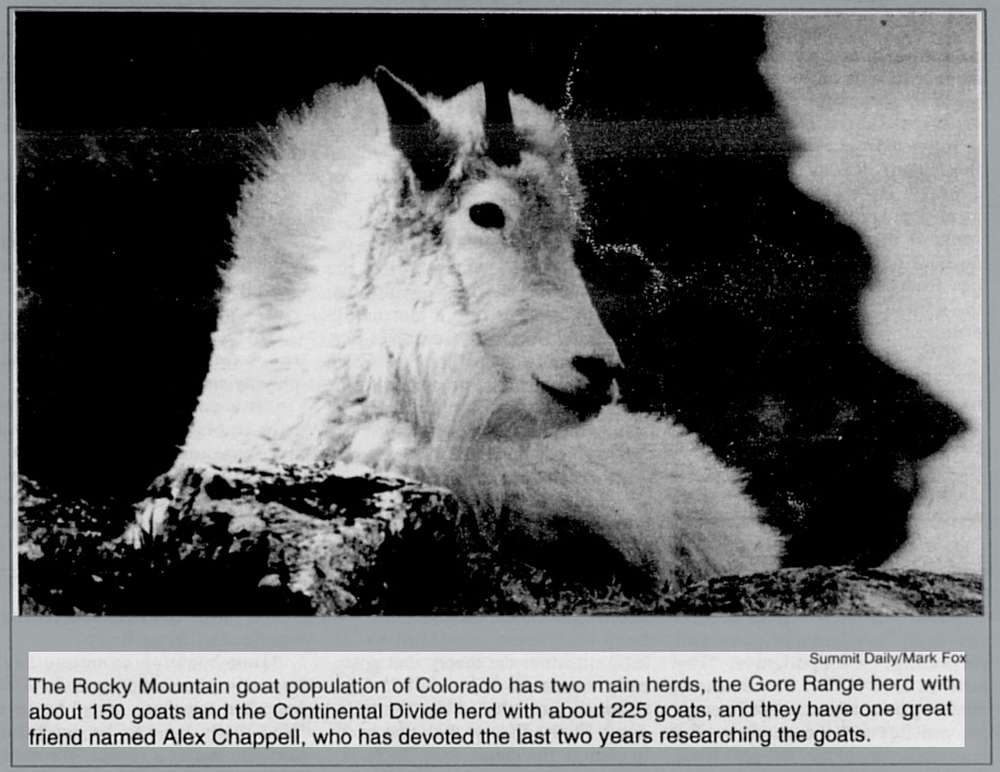
Chappell: Mountain goat study needs to continue: The Rocky Mountain goat population of Colorado has two main herds, the Gore Range herd with about 150 goats and the Continental Divide herd with about 225 goats, and they have one great friend named Alex Chappell, who has devoted the last two years researching the goats. Original creator: 1994; Mark Fox. Summit Daily.
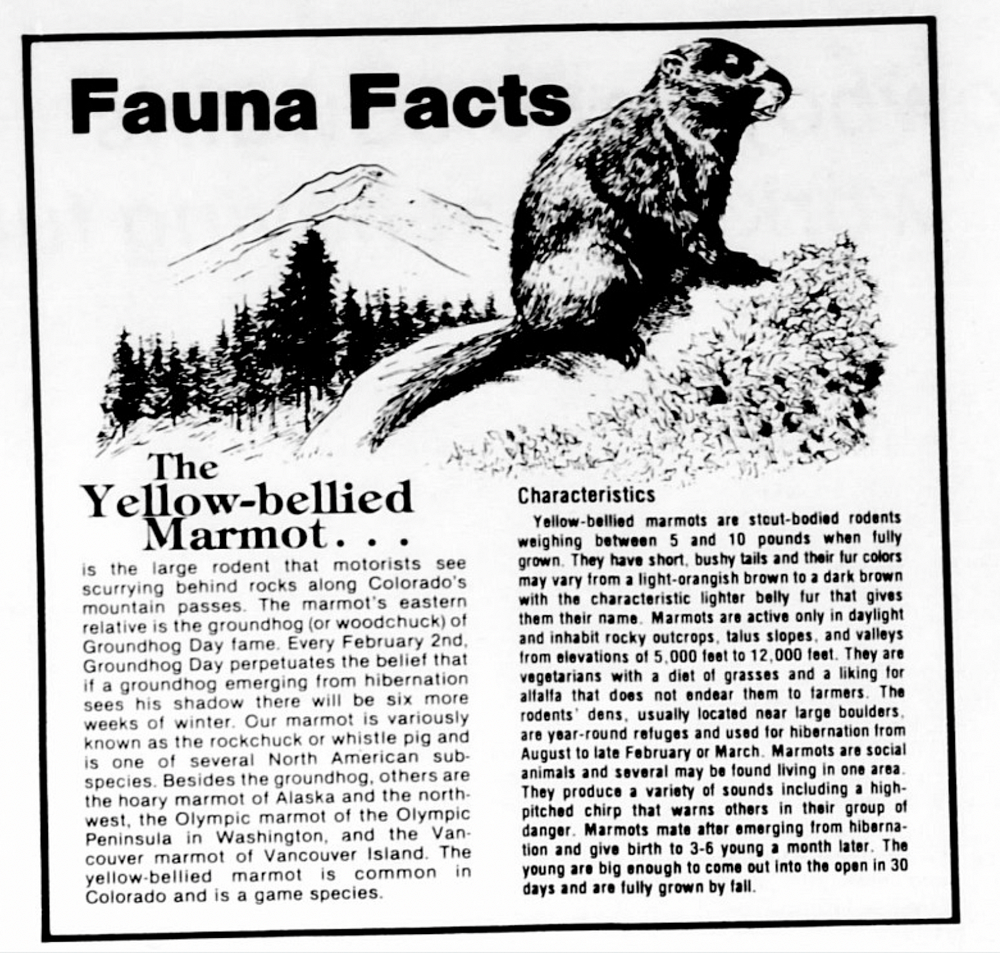
The Yellow Bellied Marmot: Fauna Facts. Original creator: 1982; Unknown. The Mountain Ear
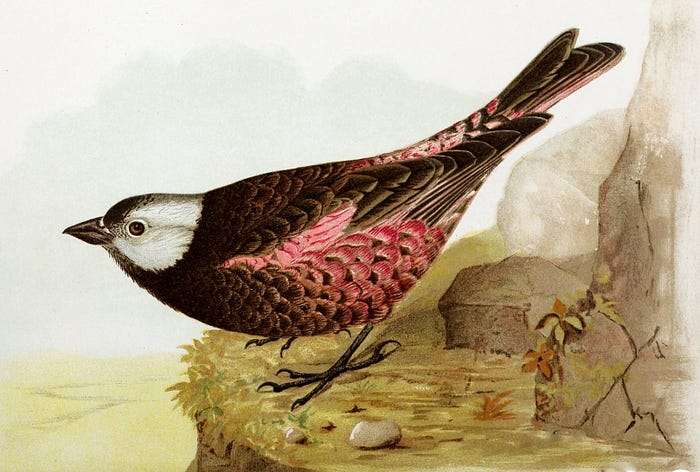
Gray Crowned Rosy Finch (Leucosticte Griseinucha): This illustration was extracted from the vintage book: Contributions to the natural history of Alaska. Original creator: Circa 1874 to 1881; Turner, Lucien McShan.
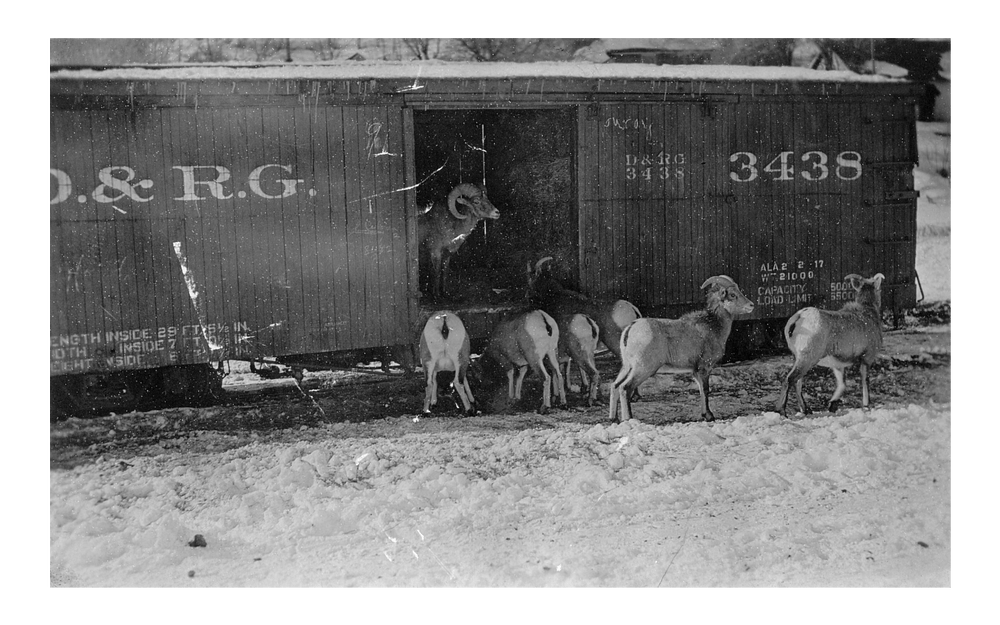
Mountain sheep in a freight car: Big Horn sheep eat probably hay on the snowy ground outside Denver and Rio Grande Railroad freight car number “3438” in Colorado. A ram stands inside the car. Original creator: [between 1917 and 1926]; C. Bancroft. Denver Public Library Special Collections, Z-5739
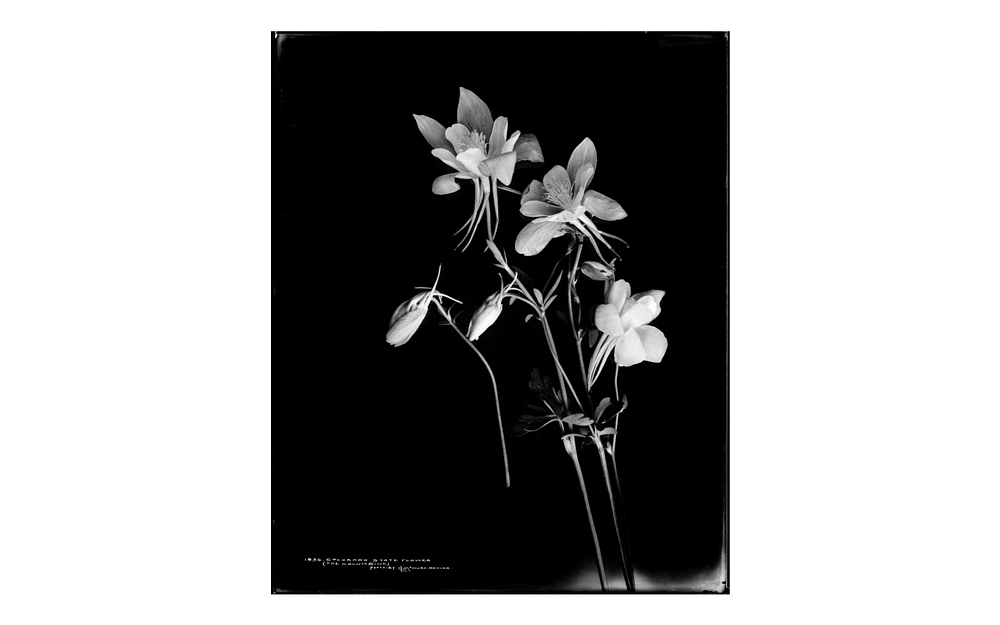
Colorado state flower (the Columbine): Artistic studio view of Colorado’s state flower, Columbine; shows five blooms on four stems with black background. Original creator: [1900–1920]; McClure, Louis Charles, 1867–1957. Denver Public Library Special Collections, MCC-1936.
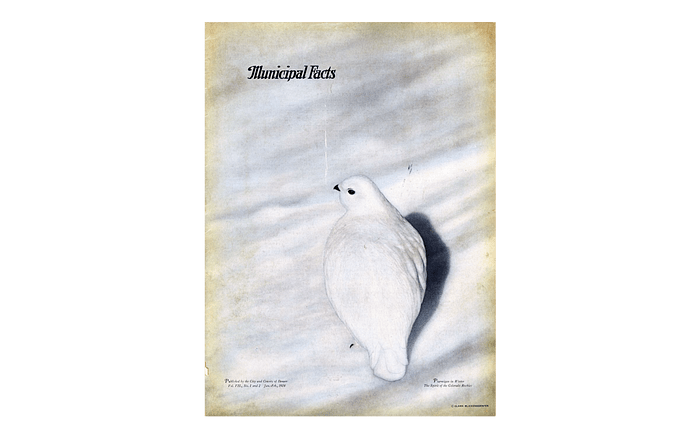
Denver (Colo.) Ptarmigan in Winter, The Spirit of the Colorado Rockies: Newsletter produced everty two months by the City of Denver highlighting the civic, administrative, and informational aspects of government within the City. Original creator: 1924; Clark Blickensderfer. Denver Public Library Special Collections, C352.078883 D4373muX3





















